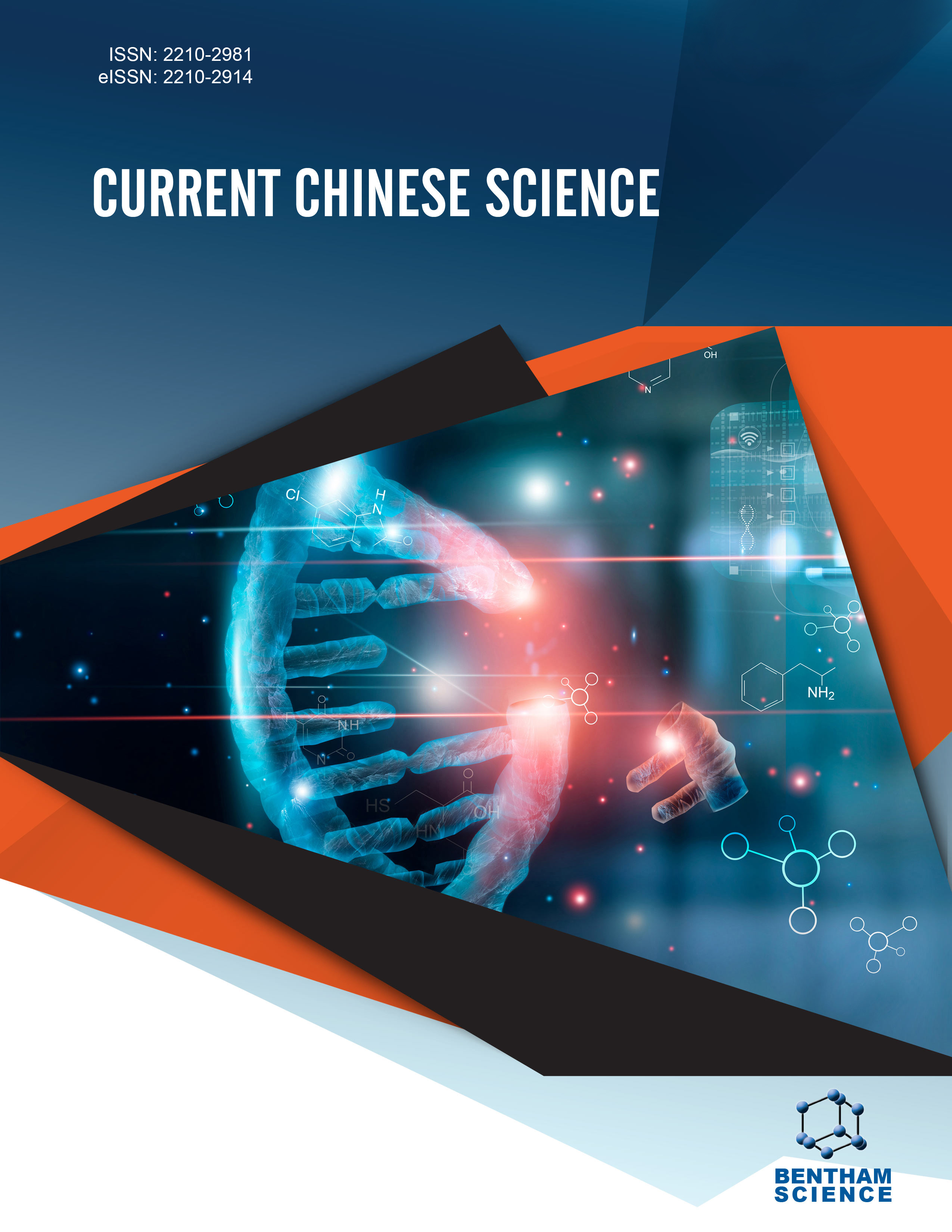- Home
- A-Z Publications
- Current Chinese Science
- Previous Issues
- Volume 1, Issue 1, 2021
Current Chinese Science - Volume 1, Issue 1, 2021
Volume 1, Issue 1, 2021
-
-
Graphene-based Room Temperature Gas Sensing Materials
More LessAuthors: Hongping Liang, Huiyun Hu, Jianqiang Wang, Hao Li, Nicolaas F. de Rooij, Guofu Zhou and Yao WangGas sensing materials essentially dominate the performances of the gas sensors which are widely applied in environmental monitoring, industrial production and medical diagnosis. However, most of the traditional gas sensing materials show excellent performances only at high operating temperatures, which are high energy consumptive and have potential issues in terms of reliability and safety of the sensors. Therefore, Read More
-
-
-
Pivotal Role of Chirality in Photoelectrocatalytic (PEC) Water Splitting
More LessAuthors: Wenyan Zhang, Fei Liu, Yingfei Hu, Weimin Yang, Hangmin Guan, Lingyun Hao and Gongxuan LuFor decades, the over-exploitation of fossil fuel has made it urgent to develop alternative energy. Photoelectrochemical (PEC) water splitting is a promising approach to generate hydrogen, which is referred to as the fuel of the future due to its high enthalpy of combustion and zero pollution. Though impressive progress has been made over the years, PEC water splitting efficiency is still far from volume production of hydrogen Read More
-
-
-
Solidifying Essential Balm into Electrospun Core-sheath Nanofibers for Prolonged Release
More LessAuthors: Kun Zhao, Yao-Yao Yang, Shi-Xiong Kang and Deng-Guang YuBackground: Essential Balm (EB) is a commonly used medicine with high volatility and short shelf-life during storage. Objective: Slowing down the volatilization rate of EB and exploring the effect of fiber on the volatilization rate of EB. Methods: In this study, electrospinning technology was used to convert the liquid EB into solid EB in order to improve the balm’s storage and longevity. Results: Specifically, core-sheath nanofibers c Read More
-
-
-
Revisiting the Polyol Synthesis and Plasmonic Properties of Silver Nanocubes
More LessAuthors: Hongyue Wang, Yangyang Guo, Miao Zhang, Huixin Li, Yang Wei, Yiming Qian, Yunhan Zhang, Bo Tang, Zhenhua Sun and Hongqiang WangBackground: Noble-metal nanocrystals have been extensively studied over the past decades because of their unique optical properties. The polyol process is considered an effective method for silver (Ag) nanocrystals’ synthesis in solution even though the reproducibility of its shape controlling is still a challenge. Here, Ag nanowires and nanocubes were synthesized by the polyol process, in which the Ag+ ions are directly reduced Read More
-
-
-
Exploring the Effect of the Number of Characteristic Groups in Melaminebased Polymers on the Photocatalytic Performance
More LessAuthors: Zhenhua Jiang, Cailing Ni, Yubing Zhou and Yuancheng QinThree polymers containing different numbers of thiophene groups were constructed. Degradation experiments on the aqueous solutions of tetracycline and norfloxacin revealed that the polymer with three thiophene groups in the monomer indicated the best degradation efficiency of 73.7% for tetracycline and 56.9% for norfloxacin. Moreover, this polymer had a relatively stronger ability to separate and transport phot Read More
-
-
-
Lessons Learnt from a National Competition on Structural Optimization and Additive Manufacturing
More LessAuthors: Yulin Xiong, Dingwen Bao, Xin Yan, Tao Xu and Yi M. XieBackground: As an advanced design technique, topology optimization has received much attention over the past three decades. Topology optimization aims at finding an optimal material distribution in order to maximize the structural performance while satisfying certain constraints. It is a useful tool for the conceptional design. At the same time, additive manufacturing technologies have provided unprecedented opport Read More
-
-
-
Investigation of the Structural Behaviors of One-way HVFA-SCC Slabs Reinforced by GFRP Bars
More LessAuthors: Lingzhu Zhou, Pengcheng Dong, Yu Zheng, Gangbing Song and Xiaolu WangBackground: The corrosion of steel bar leads to the deterioration of structural behaviors, high cost maintenance, shortened service life. The bridge deck structures constructed by Fiber Reinforced Polymer (FRP) bars and High-Volume Fly Ash-Self-Compacting Concrete (HVFA-SCC) can achieve low energy consumption, sustainable construction and high durability. However, the structural behaviors of this bridge deck are still uncl Read More
-
Most Read This Month
Article
content/journals/ccs
Journal
10
5
false
en


